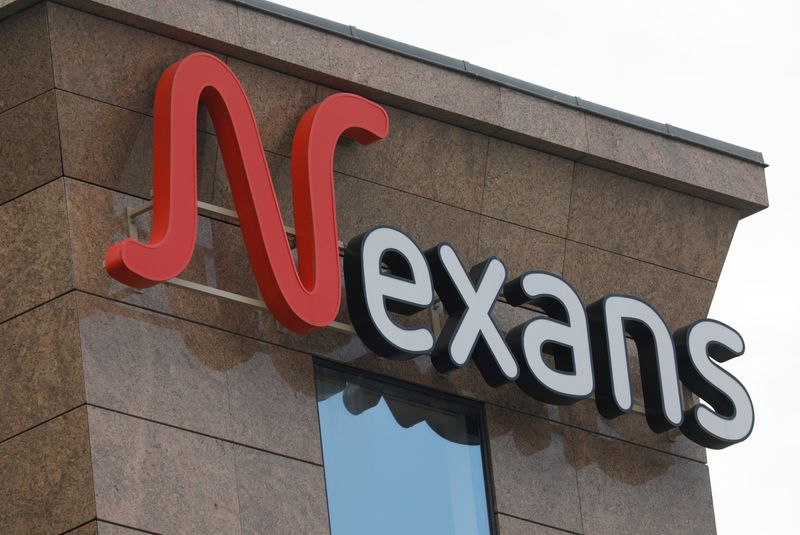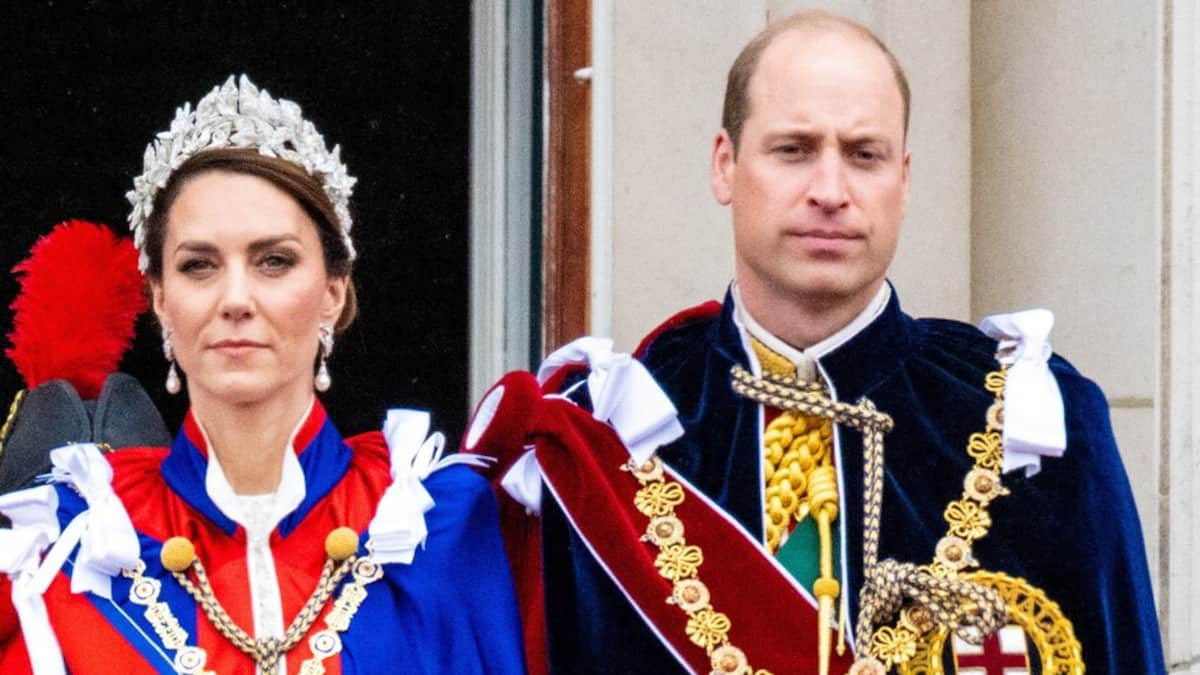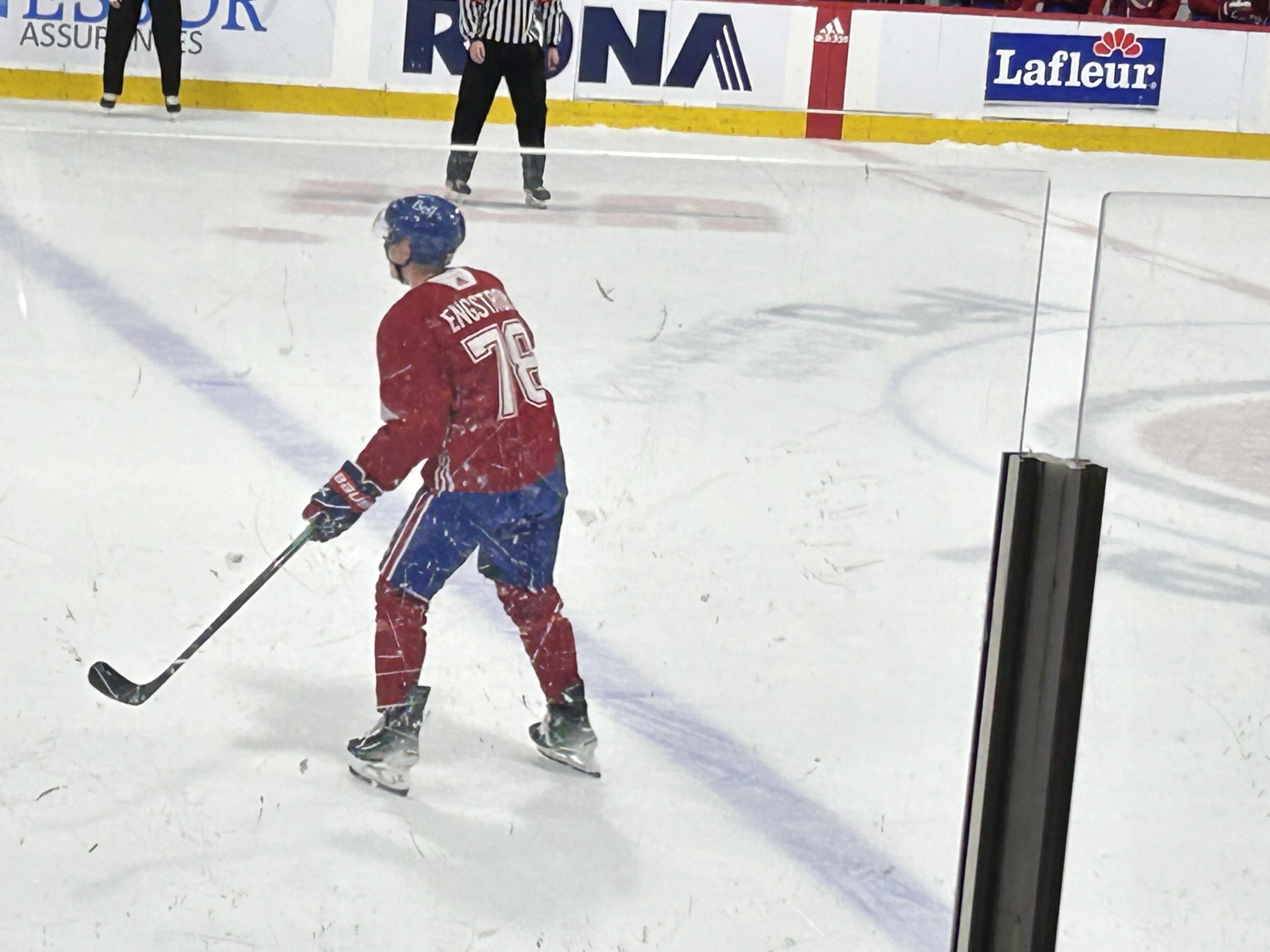Seoul | Unlike the island of Montreal, where no new metro station has been built in 36 years, Seoul has a constantly evolving metro network. Since every neighborhood wants its own station, it is natural that it should be expanded.
The Korean capital already has a reputation as a “public transportation paradise,” but thanks to its integrated real-time management, it wants to become “the world's best city for commuting.”
While Mayor Valery Plante is waiting for the Pink Line and the Blue Line, in Seoul, on the contrary, lines and stations are constantly being added to the network.
There was also a 14.7 km line under construction during our visit in the famous Gangnam area. “It's a no-brainer that we expand the network,” says Andrew Lim, research and innovation attaché at the Quebec office in Seoul, who accompanied him. Newspaper During part of our mission in South Korea. The office was upgraded to delegation status a few days after our visit.
Strong request
Yongjin Ahn, head of the Seoul government's Advanced Future Transportation Department, agrees that demand is very strong. Everyone wants a metro in their area. “Depending on traffic and public demand, we are adding lines and stations.” Each new area is inevitably connected to the network.
The metro is a real underground city, where, in addition to the stations, there are shopping arcades with everything you might need, from clothes to pharmaceutical products to food.
We operate efficiently in a clean and safe environment, enhanced by legendary Korean discipline. During rush hours, the metro is crowded, but no one is in a rush. The train always arrives on time.
It is the hub of the city's public transportation network, says the Seoul City Government.
“Seoul strives to become the best mobility city in the world by innovating for the future, transcending its reputation as a public transportation paradise.”
The numbers prove it: more than two-thirds of Seoul residents use public transportation to get around. In Montreal and Quebec, we are talking barely between 16% and 8%.
- Listen to the interview with Stephanie Martin, municipal affairs journalist for the Journal de Québec on the Richard Martineau show via QUB :
Technology to improve traffic
On the surface, the city is criss-crossed with cameras and sensors that measure all traffic data, which is sent to the Transport Operation and Information Service (TOPIS) control center. It closely monitors what is happening on the roads in real time to improve traffic flow.
The system detects accidents and congestion, changes route configurations and sends messages to users in real time, telling them the correct routes to take.
Therefore, you should not be surprised to get a ticket after violating the highway law. TOPIS also monitors cars entering the green zone in the city center and automatically imposes fines on the owner of a polluting car that enters illegally.

“Music guru. Incurable web practitioner. Thinker. Lifelong zombie junkie. Tv buff. Typical organizer. Evil beer scholar.”











More Stories
RADIO SILENCE: Couple of octogenarians still abandoned by Norwegian cruise line
Geneviève Guilbault will create Mobilité Infra Québec to deliver public transportation projects
La Grande Vie Grand Prix: The stars align for a Montreal resident